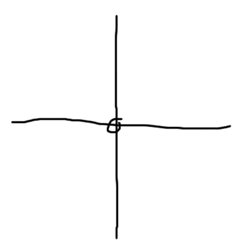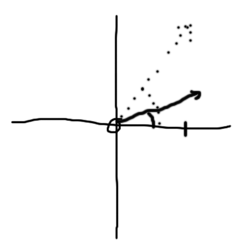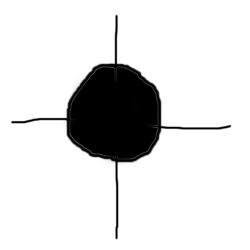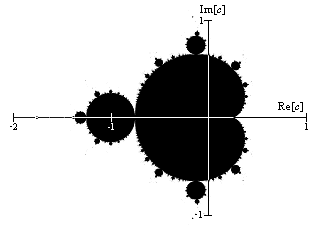JAN
2010
Wirklich witzige Google-Anfragen kann ich aus letzter Zeit leider nicht vermelden. Festzustellen bleibt lediglich, daß sich immer wieder Leute hierhin verirren, die auf ihre Fragen fast eine Antwort bekommen -- dann aber keinen Kommentar hinterlassen, sondern wortlos wieder abziehen. Wer nach povray mandelbulb sucht, will doch sicher den Code für das Fraktal in einer Form haben, die von PoV-Ray gelesen werden kann? Naja, vielleicht hilft es ja doch noch jemandem, wenn auch der ursprüngliche Besucher längst weg ist (siehe unten).
Außerdem: mein Hauptblog läßt sich wunderbar über Google finden; das Nibelungen-Projekt aber nur über die Blog-Suche. Das finde ich ein bißchen frustrierend, weil es für die Besucherzahlen alles andere als förderlich ist. Naja, vielleicht sollte ich trotzdem noch ein paar Seiten ablichten und vor allem auch transkribieren, damit die Suchmaschinen ein bißchen mehr Text zum Zerkauen haben.
So, das war's auch schon für heute. Ach ja, der Code:
#declare iteratex = function (x, y, z, a) {
a + pow(f_sphere(x,y,z,0),4)*sin(f_ph(y,z,x)*8)
*cos(f_th(y,z,x)*8)}
#declare iteratey = function(x, y, z, b) {
b + pow(f_sphere(x,y,z,0),4)*sin(f_ph(y,z,x)*8)
*sin(f_th(y,z,x)*8)}
#declare iteratez = function(x, y, z, c) {
c + pow(f_sphere(x,y,z,0),4)*cos(f_ph(y,z,x)*8)
}
isosurface {
function {
f_sphere(iteratex(iteratex(iteratex(x,y,z,x), iteratey(x,y,z,y), iteratez(x,y,z,z), x),
iteratey(iteratex(x,y,z,x), iteratey(x,y,z,y), iteratez(x,y,z,z), y),
iteratez(iteratex(x,y,z,x), iteratey(x,y,z,y), iteratez(x,y,z,z), z), x),
iteratey(iteratex(iteratex(x,y,z,x), iteratey(x,y,z,y), iteratez(x,y,z,z), x),
iteratey(iteratex(x,y,z,x), iteratey(x,y,z,y), iteratez(x,y,z,z), y),
iteratez(iteratex(x,y,z,x), iteratey(x,y,z,y), iteratez(x,y,z,z), z), y),
iteratez(iteratex(iteratex(x,y,z,x), iteratey(x,y,z,y), iteratez(x,y,z,z), x),
iteratey(iteratex(x,y,z,x), iteratey(x,y,z,y), iteratez(x,y,z,z), y),
iteratez(iteratex(x,y,z,x), iteratey(x,y,z,y), iteratez(x,y,z,z), z), z), 2)
}
}
[Edit: Typo in den Metadaten]
Kommentare deaktiviert für Gefindet













